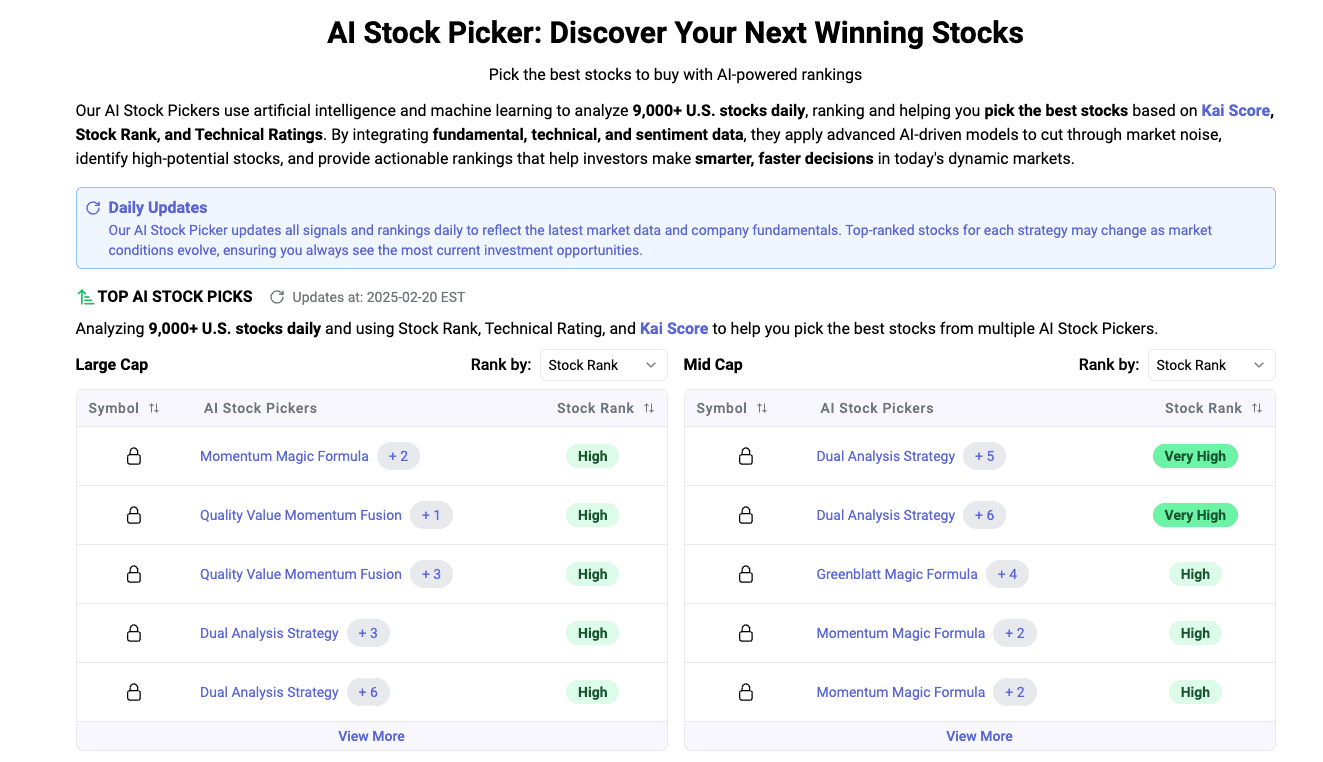MarketLens
AMD’s Bold AI Push: In-Depth Analysis Ahead of the Advancing AI 2024 Event
AMD’s Current Position in the AI Market
Market Share and Financial Performance
As of 2024, AMD holds a modest share of the AI accelerator market, estimated at approximately 5% to 7%. Despite Nvidia’s overwhelming dominance with over 80% market share, AMD’s strategic initiatives suggest potential for growth. Analysts project that if AMD can increase its market share to 10% by the end of 2026, it could generate an additional $5 billion in sales. This projection underscores the financial implications of AMD’s efforts to expand its presence in the AI sector.
AMD’s financial performance reflects its strategic focus on AI. The company’s shares have risen nearly 16% year-to-date, trading at approximately $170.90. Following last year’s AI event, AMD shares experienced a nearly 10% increase, highlighting investor confidence in the company’s AI initiatives. Analysts forecast over $4.5 billion in sales for AMD’s accelerator products in 2024, indicating a positive trajectory for the company’s AI endeavors.
Technological Advancements: Instinct MI300X
The AMD Instinct MI300X accelerator has emerged as a key player in the AI hardware landscape. Recent benchmarks reveal that the MI300X outperformed Nvidia’s H100 Tensor Core GPU in the LLaMA2-70B model, showcasing superior capabilities for large language models. The MI300X’s 192GB of HBM3 memory allows it to accommodate extensive models in memory, eliminating network overhead and maximizing inference throughput. This technological edge positions the MI300X as a leading solution for enterprise-level AI workloads, particularly in high-performance computing (HPC) environments.
Strategic Initiatives for AI Market Growth
Strategic Acquisitions and Partnerships
Under the leadership of CEO Lisa Su, AMD has pursued a series of strategic acquisitions to bolster its AI capabilities. Notable acquisitions include Xilinx, the largest semiconductor deal ever, and Pensando, a company specializing in programmable processors. These acquisitions enhance AMD’s end-to-end AI solutions, providing a competitive edge in the market.
AMD’s recent acquisition plans for Silo AI, the largest private AI lab in Europe, further demonstrate its commitment to enhancing talent and intellectual property in AI. By acquiring companies with strong AI capabilities, AMD aims to strengthen its product portfolio and accelerate innovation.
Partnerships with industry giants such as Microsoft, Meta, and Oracle play a crucial role in AMD’s growth strategy. These collaborations facilitate the development of AI solutions and underscore the synergy of partnerships in enhancing product offerings. By leveraging these partnerships, AMD aims to integrate AI across its entire product portfolio, from personal devices to cloud services.
Product Development and Innovation
AMD’s product development strategy focuses on delivering cutting-edge AI solutions that rival those of industry leaders. The launch of the MI300 AI chips in December 2023 marked a significant milestone, with CEO Lisa Su describing them as the fastest ramping products in AMD’s history. The MI300X chip, positioned as a direct competitor to Nvidia’s H100, is touted as “the most advanced AI accelerator in the industry.”
Future iterations of the AMD Instinct series, including MI325, MI350, and MI400 accelerators, are anticipated to offer enhancements such as more memory, lower-precision data type support, and increased computational power. These developments reflect AMD’s commitment to continuous innovation and its ambition to capture a larger share of the AI market.
Competitive Landscape and Challenges
Nvidia’s Dominance and AMD’s Positioning
Nvidia currently dominates the AI GPU market, holding over 90% market share. However, AMD’s MI300 series is gaining traction, with positive adoption rates suggesting a potential shift in the competitive landscape. Analysts project that Nvidia’s market share could decrease to about 75% by 2025-2026 as AMD increases its presence.
AMD’s strategy focuses on providing better value, potentially offering similar performance to Nvidia’s chips at a lower price or slightly lower performance at a much smaller price tag. Additionally, AMD’s open-source software framework, ROCm, may attract projects that require flexibility compared to Nvidia’s proprietary CUDA. This positioning as an underdog with potential for significant growth highlights AMD’s strategic approach to challenging Nvidia’s dominance.
Intel’s Entry and Market Dynamics
Intel’s recent release of the Gaudi 3 AI chips introduces another competitor in the AI hardware market. The Gaudi 3 chips are claimed to outperform AMD’s EPYC CPUs in performance by over five times, positioning Intel as a cost-effective solution. This development adds complexity to the competitive landscape, as AMD must navigate challenges from both Nvidia and Intel.
Despite these challenges, AMD’s focus on a broader range of computing solutions beyond just AI differentiates it from competitors. By addressing diverse customer segments and implementing effective marketing strategies prioritizing price and innovation, AMD aims to provide customers with more options and flexibility.
Future Prospects and Long-term Outlook
Market Growth and Technological Integration
The market for AI hardware is projected to grow substantially, reaching $400 billion by 2027. AMD’s commitment to developing AI accelerators and releasing new AI hardware annually positions the company to meet the diverse needs of businesses across various domains, including cloud computing and PCs.
CEO Lisa Su emphasizes that AI is still in its early stages, with the potential to integrate into everyday life similar to smartphones and the internet. This vision underscores AMD’s long-term outlook, with AI expected to be a fundamental driver of productivity in the economy. As technology continues to evolve, AMD is poised to play a significant role in shaping the future of AI.
Strategic Investments and R&D
AMD’s investment in research and development (R&D) is a critical component of its growth strategy. The company has quadrupled its R&D budget, investing $5.80 billion in 2023 to expand its production capacity and establish partnerships for advanced packaging technologies. These investments reflect AMD’s commitment to innovation and its ambition to capture a larger share of the AI market.
By focusing on strategic acquisitions, innovative product development, and robust partnerships, AMD aims to challenge the dominance of industry leaders and carve out a significant niche in the AI sector. As the company prepares for the Advancing AI event, its strategic initiatives and technological advancements position it for a promising future in the competitive AI landscape.
Conclusion
AMD’s strategic initiatives and technological advancements position it as a formidable player in the AI market. With the upcoming Advancing AI event, the company is set to showcase its latest innovations, including the Instinct GPU accelerators and EPYC server processors. By leveraging strategic acquisitions, innovative product development, and robust partnerships, AMD aims to challenge the dominance of industry leader Nvidia and carve out a significant niche in the burgeoning AI sector.
As the market for AI hardware continues to grow, AMD’s commitment to innovation and its focus on providing better value position it for significant growth. Despite challenges from competitors like Nvidia and Intel, AMD’s strategic approach and long-term outlook suggest a promising future in the AI landscape. As the company prepares for the Advancing AI event, its strategic initiatives and technological advancements position it for a promising future in the competitive AI landscape.
Related Articles
Category
You may also like
No related articles available
Breaking News
View All →No topics available at the moment






